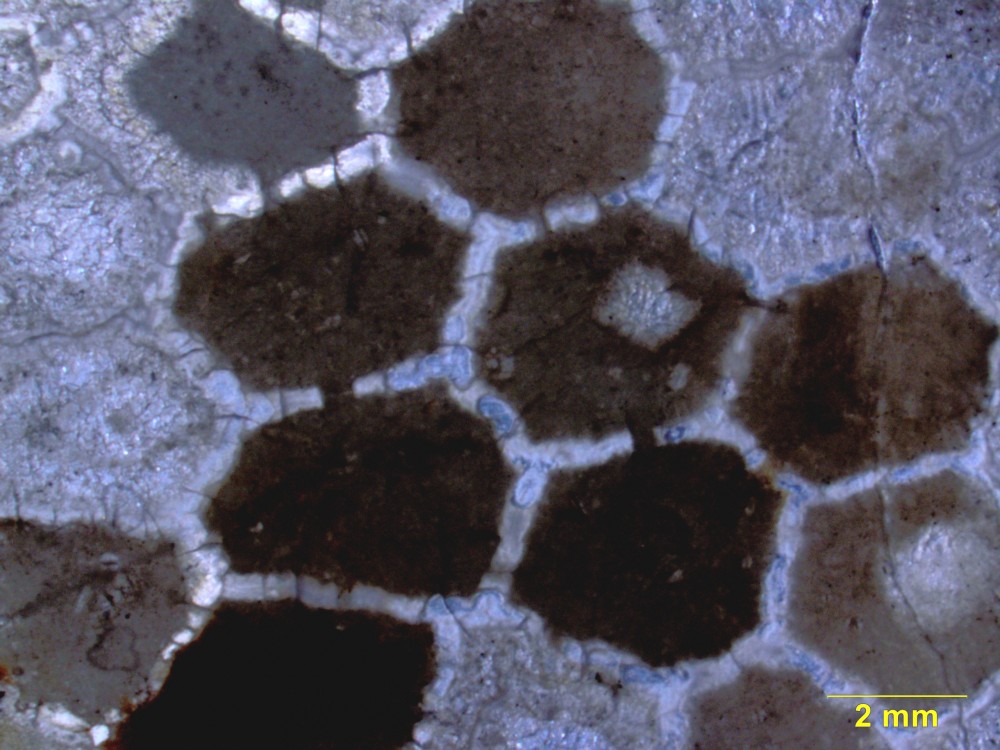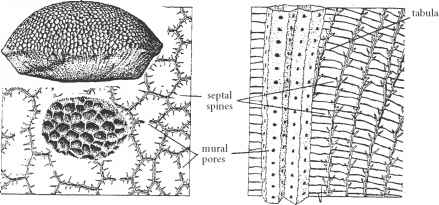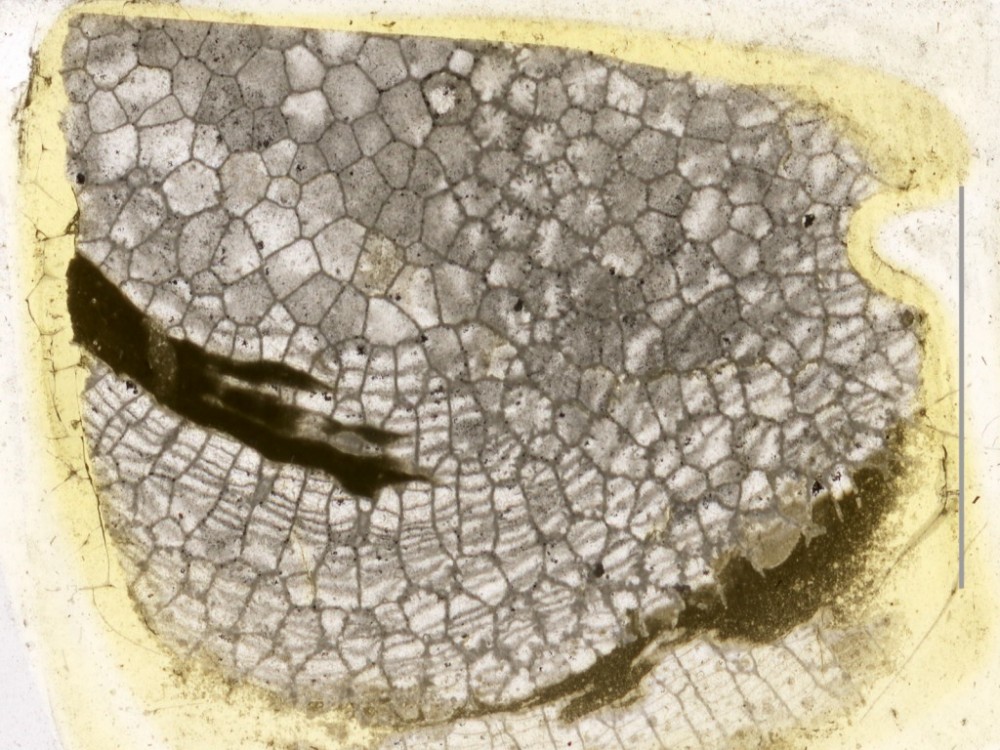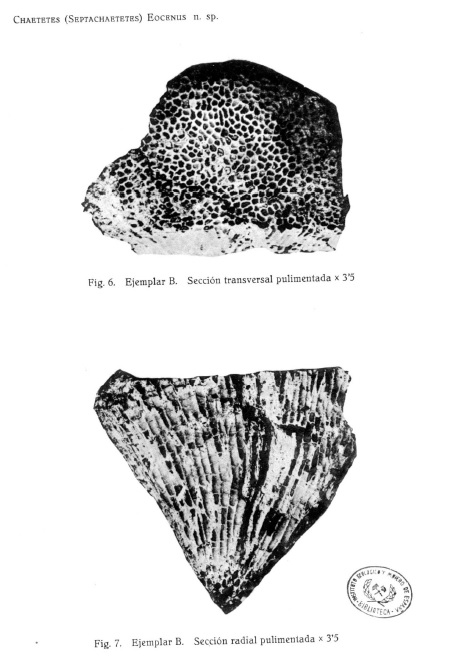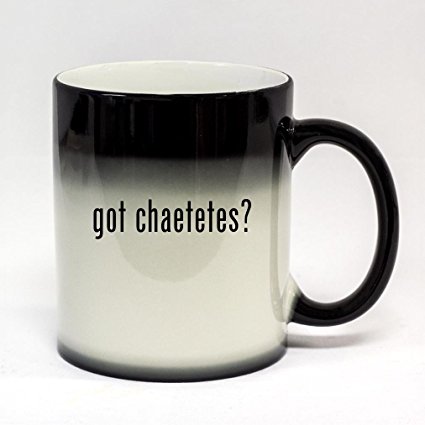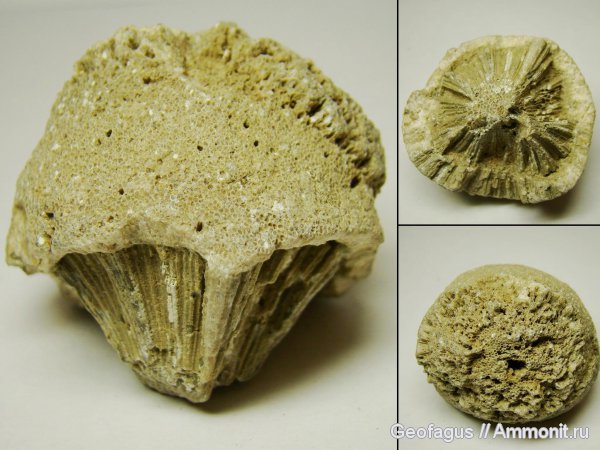Quelques-uns des principaux sujets de Géoforum

▲ Bourse minéraux et fossiles de Sainte Marie aux Mines (Alsace) - 25>29 juin 2025 ▲ |

Vente et achat de minéraux sur Internet
Voir le nouveau contenu de Géoforum
-
Compteur de contenus
171 -
Inscription
-
Dernière visite
Type de contenu
Profils
Forums
Galerie
Blogs
Boutique
Tout ce qui a été posté par oyo
-
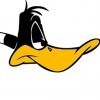
ANTHOZOAIRES Hexacoralliaires (Polypiers)
oyo a répondu à un sujet de flofossile dans Forum Fossiles et Paléontologie
As I have already said it is impossible to differentiate these genres with the naked eye. Thin sections are required. As can be seen in the articles I cite, the differences between these genres are the presence or absence of penular structures, trabeculae and their density, septal perforations and their regularity or absence, presence of synapticules and quantity of them, etc. Elements all of them that can only be observed in this type of preparations. In fact Mr. Lathuiliere includes some more genre in this matter, Periseris for example. In most cases even polished sections would not be sufficiently definitive to assert membership in one genre or another. There are times that is possible affirm with the naked eye the genre of the materials but it is not the case of these materials that you have posted. It are materials that at first sight are quite similar. -

ANTHOZOAIRES Hexacoralliaires (Polypiers)
oyo a répondu à un sujet de flofossile dans Forum Fossiles et Paléontologie
Difficult to identify. Thamnasteriod coral, very common design. It´s necessary to see thin sections. At least polished sections. As you said, it may be Thamnasteria. Or as he told you, Dimorpharaea. Stephanastrea with thamnasteroid appearance, even. I recommend to you Lathuiliere B. 2000 Coraux constructeurs du Bajocien Inf. de France Part1 et 2. Geobios. If you don´t have it I can send it by mail. I don´t have links. With that documentation and the specific location, Nievre is too broad, perhaps you can adjust it. -

Dévonien de Loire Atlantique (44)
oyo a répondu à un sujet de Gratophil dans Demandes d' identification de fossiles
Pudiese ser peor. https://www.google.es/url?sa=t&rct=j&q=&esrc=s&source=web&cd=16&cad=rja&uact=8&ved=0ahUKEwj1teue_8_VAhWqAsAKHfPkDEA4ChAWCDIwBQ&url=http%3A%2F%2Fashipunov.info%2Fshipunov%2Fschool%2Fbooks%2Fdubatolov1971_devonsk_korall_dzhungar_balkhashsk_prov_igig_074.pdf&usg=AFQjCNHlRyj_R_LwL5cfAVKLospZOy4iCw https://www.google.es/url?sa=t&rct=j&q=&esrc=s&source=web&cd=17&cad=rja&uact=8&ved=0ahUKEwj1teue_8_VAhWqAsAKHfPkDEA4ChAWCDQwBg&url=http%3A%2F%2Fashipunov.info%2Fshipunov%2Fschool%2Fbooks%2Fivanovskij1976_ukaz_rodov_rugoz_igig_217.pdf&usg=AFQjCNF0xbanKZFzZzCoLF1ofGK9DJNWJw -

Dévonien de Loire Atlantique (44)
oyo a répondu à un sujet de Gratophil dans Demandes d' identification de fossiles
https://www.google.es/url?sa=t&rct=j&q=&esrc=s&source=web&cd=1&cad=rja&uact=8&ved=0ahUKEwj1nJGz7M_VAhVCDMAKHbuFC0oQFggmMAA&url=http%3A%2F%2Fcdn.palass.org%2Fpublications%2Fpalaeontology%2Fvolume_12%2Fpdf%2Fvol12_part2_pp178-188.pdf&usg=AFQjCNH_KhPIwsbxlEodISNi7AIQid_qVA https://www.google.es/url?sa=t&rct=j&q=&esrc=s&source=web&cd=3&cad=rja&uact=8&ved=0ahUKEwjF8pK57c_VAhXLIMAKHRMqCHwQFggyMAI&url=https%3A%2F%2Fwww.app.pan.pl%2Farchive%2Fpublished%2Fapp25%2Fapp25-633.pdf&usg=AFQjCNEJdGNBtk2F8HlyUxZc-wOmQIHrpg -

Fossile trouvé sur la grève ressemblant à de la peau de dinosaure
oyo a répondu à un sujet de Mathisbuilder dans Demandes d' identification de fossiles
This happens by talking with a single image in the head. An image of walls with pores and without visible septum. Like this. Then one looks at it more calmly and notices the error. It is recognized, the reason is given to who has it and solved it. It's not complicated. Maybe it's rare but not for me. -

Fossile trouvé sur la grève ressemblant à de la peau de dinosaure
oyo a répondu à un sujet de Mathisbuilder dans Demandes d' identification de fossiles
-

Fossile trouvé sur la grève ressemblant à de la peau de dinosaure
oyo a répondu à un sujet de Mathisbuilder dans Demandes d' identification de fossiles
-

Fossile trouvé sur la grève ressemblant à de la peau de dinosaure
oyo a répondu à un sujet de Mathisbuilder dans Demandes d' identification de fossiles
Mmmmmmm. It aren't corals, for me. Calcareous algae or calcareous sponges. -

Fossile ou minéral (ou les deux)
oyo a répondu à un sujet de SACHA16 dans Demandes d' identification de fossiles
Oui, fosil. Crinoideo-lys de mer. -

Deux fossiles inconnus
oyo a répondu à un sujet de SACHA16 dans Demandes d' identification de fossiles
De rien, para uso y disfrute de los interesados, en general. -

Deux fossiles inconnus
oyo a répondu à un sujet de SACHA16 dans Demandes d' identification de fossiles
Por si usted, o cualquiera, quiere profundizar en el tema de los Demospongiae, una revisión moderna. Con distribuciones geográficas y estratigráficas. https://www.researchgate.net/publication/257559077_Hypercalcified_Extant_and_Fossil_Chaetetid-Type_and_Post-Devonian_Stromatoporoid-Type_Demospongiae_Systematic_Descriptions -

Deux fossiles inconnus
oyo a répondu à un sujet de SACHA16 dans Demandes d' identification de fossiles
-

Deux fossiles inconnus
oyo a répondu à un sujet de SACHA16 dans Demandes d' identification de fossiles
La edad de ese que he puesto ni idea. Lo he sacado de una pagina rusa y no pone edad. Yo los tengo terciarios, lutecienses más concretamente. Los hay Mesozoicos y Cenozoicos, creo que también Primarios. Malos fósiles-guía. La edad de este del post nos la debería decir la recolectora de los ejemplares. Bonjour Chantal. Those photographs are much clearer. Next50 caught it at first. Nº2 Chaetetes for me. It are sponges. -

Deux fossiles inconnus
oyo a répondu à un sujet de SACHA16 dans Demandes d' identification de fossiles
-

ANTHOZOAIRES Hexacoralliaires (Polypiers)
oyo a répondu à un sujet de flofossile dans Forum Fossiles et Paléontologie
Y para Warrior45, muy bonitos ejemplares, e interesantes. Los números 4 y 6 son Dimorphocoeniopsis beauvaisorum (Zlatarski 1967), interesantes ejemplares. El resto tengo que buscarlos, alguno más seguro que puedo identificar. Saludos -

ANTHOZOAIRES Hexacoralliaires (Polypiers)
oyo a répondu à un sujet de flofossile dans Forum Fossiles et Paléontologie
Lo prometido, pequeños Rhizangia brauni (Michelin 1846). Ilerdiense, la mayor parte de los ejemplares, salvo los agarrados al Tympanotonos que provienen del Thanetiense. Y ya que estamos, más pequeñines. Sphenotrochus ¿faudonensis (Barta 1973) Bartoniense. Unos 25 entran de sobra en la palma de la mano. -

ANTHOZOAIRES Hexacoralliaires (Polypiers)
oyo a répondu à un sujet de flofossile dans Forum Fossiles et Paléontologie
No hay porqué, gracias a usted por enseñarnos sus bonitos corales. -

Que pensez vous de cela ?
oyo a répondu à un sujet de elasmo dans Demandes d' identification de fossiles
Yo no he dicho que sean la misma especie, he dicho que son el mismo género. También he dicho que no entiendo el problema planteado. Es un simple comentario respecto al género de los especimenes. Por si le sirve de algo. Si no es así, olvide la respuesta. -

ANTHOZOAIRES Hexacoralliaires (Polypiers)
oyo a répondu à un sujet de flofossile dans Forum Fossiles et Paléontologie
Muy bonitos. Yo tengo un yacimiento donde salen unos pequeños corales llamados Rhizangia brauni y siempre paso una hora recogiendo un par de docenas de esos pequeñines similares en tamaño a estos suyos. Prometo poner unas fotos en cuanto me sea posible. Saludos -

Que pensez vous de cela ?
oyo a répondu à un sujet de elasmo dans Demandes d' identification de fossiles
No entiendo muy bien cual es el problema. 1/ Eupsammia es un sinonimo junior de Balanophyllia. El genero es por tanto Balanophyllia en ambos ejemplares. 2/ Balanophyllia ya existe en el Eoceno y perdura durante el Mioceno. Pueden recogerse ejemplares en ambos pisos. -

ANTHOZOAIRES Hexacoralliaires (Polypiers)
oyo a répondu à un sujet de flofossile dans Forum Fossiles et Paléontologie
muy buenos. -

ANTHOZOAIRES Hexacoralliaires (Polypiers)
oyo a répondu à un sujet de flofossile dans Forum Fossiles et Paléontologie
-

ANTHOZOAIRES Hexacoralliaires (Polypiers)
oyo a répondu à un sujet de flofossile dans Forum Fossiles et Paléontologie
Muy bonito, enhorabuena. Buena pieza. -

IDENTIFICATION FOSSILES
oyo a répondu à un sujet de amateurdefossiles dans Demandes d' identification de fossiles
Difícil de decir con estos "cortes" y con esas imágenes. Yo creo que se corresponden con esto y que serían Pattalophyllia. -

IDENTIFICATION FOSSILES
oyo a répondu à un sujet de amateurdefossiles dans Demandes d' identification de fossiles
Ya se que es complicado y pesado. No es fácil, no. Si no puede cortarlos puede desbastar (lijar), es más largo en el tiempo pero más sencillo. Sólo hay que tener paciencia, mucha paciencia. Bueno, paciencia o una esmeril rotativa, es otra manera. Lo dicho, suerte.


